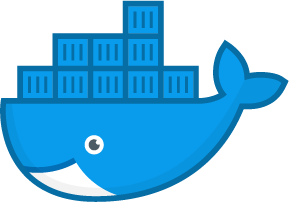Introduction to MacVLAN
The macvlan driver is the newest built-in network driver and offers several unique characteristics. It’s a very lightweight driver, because rather than using any Linux bridging or port mapping, it connects container interfaces directly to host interfaces. Containers are addressed with routable IP addresses that are on the subnet of the external network.
As a result of routable IP addresses, containers communicate directly with resources that exist outside a Swarm cluster without the use of NAT and port mapping. This can aid in network visibility and troubleshooting. Additionally, the direct traffic path between containers and the host interface helps reduce latency. macvlan is a local scope network driver which is configured per-host. As a result, there are stricter dependencies between MACVLAN and external networks, which is both a constraint and an advantage that is different from overlay or bridge.
The macvlan driver uses the concept of a parent interface. This interface can be a host interface such as eth0, a sub-interface, or even a bonded host adaptor which bundles Ethernet interfaces into a single logical interface. A gateway address from the external network is required during MACVLAN network configuration, as a MACVLAN network is a L2 segment from the container to the network gateway. Like all Docker networks, MACVLAN networks are segmented from each other – providing access within a network, but not between networks.
The macvlan driver can be configured in different ways to achieve different results. In the below example we create two MACVLAN networks joined to different subinterfaces. This type of configuration can be used to extend multiple L2 VLANs through the host interface directly to containers. The VLAN default gateway exists in the external network.

The db and web containers are connected to different MACVLAN networks in this example. Each container resides on its respective external network with an external IP provided from that network. Using this design an operator can control network policy outside of the host and segment containers at L2. The containers could have also been placed in the same VLAN by configuring them on the same MACVLAN network. This just shows the amount of flexibility offered by each network driver.
